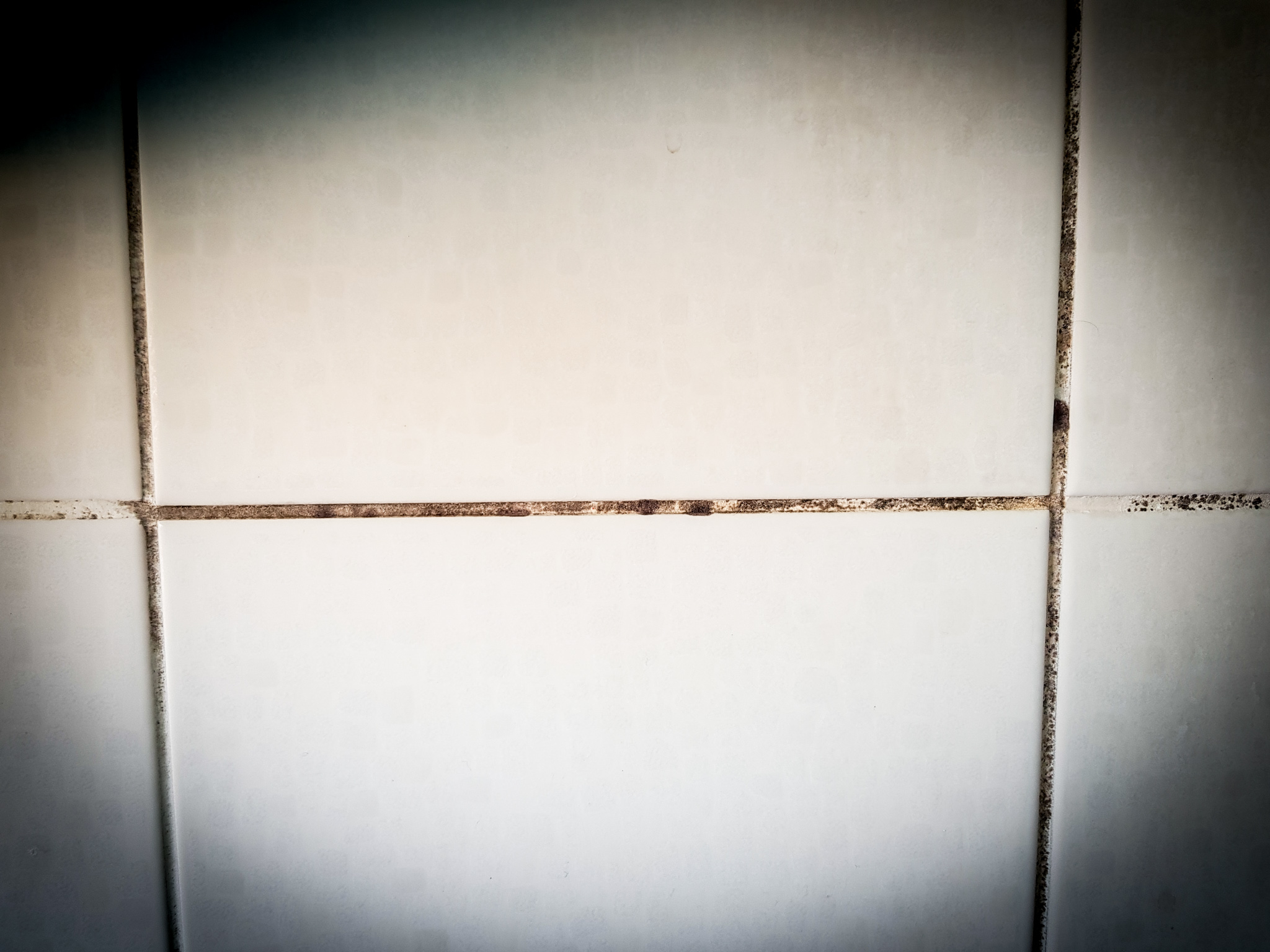You are here: Does mould in the bathroom call for a refit?
Inadequately ventilated bathrooms are ideal conditions for mould. You can help by opening windows, installing an extractor and wiping down surfaces after use, but sooner or later every bathroom will start to show its age – often as mildew or mould in hard to reach places.
For some that is the perfect excuse to rip out and replace an otherwise fine bathroom suite. But is that going too far?

Prevent mould built-up
Mould isn’t just ugly: it is also a potential health risk. It can affect the immune system, be dangerous for anyone with asthma or respiratory issues and exacerbate skin conditions like eczema. So, it is definitely not something you should ignore – and, if possible, it is worth heading off before it forms, if you can. If it is not possible to leave a window open in your bathroom without it being a security risk, consider installing an extractor fan. These don’t always require major building works to fit, as many models are designed to pass through a hole cut in a window, which is less invasive and easy to roll back at a later date.
Neither are extractor fans expensive to run. According to the Centre for Sustainable Energy, “fans that run on a timer, humidistat or pull-cord typically have a rating of 8-30W. A 30W appliance would need to run continuously for nearly a day and a half to use one unit (about 15p) of electricity.”
Dealing with mould
If you already have mould, there is a wide range of commercial products that will help you remove it. If you prefer not to use chemical cleaners, try white vinegar or baking soda. The former can be sprayed onto the problem area, and the latter mixed with a little water to form a paste, which can be applied, left to do its business, then washed away. It may be necessary to make several attempts at removal if the mould is well established. As always, avoid getting cleaning products on your skin if possible and test on a less obvious area before applying extensively on surfaces.
Don’t ignore areas that aren’t immediately visible. Damp can congregate anywhere there is poor ventilation, so unidentified musty smells could be coming from behind bath panels or boxed in pipework.
If redecorating, use an anti-mould paint if possible. These are available in matt, silk and gloss finishes, for walls, ceilings and woodwork and will help to protect surfaces for a specified period. Ronseal’s anti-mould emulsion resists moisture and steam while protecting surfaces from mould growth for up to six years. Unibond likewise produces a waterproof, anti-mould sealant for baths, showers and sinks.
Rip it out and start again
If you do decide the mould is too far gone, you have tried cleaning it off, or you have just moved house and don’t like the idea of living with your predecessor’s fungus, refitting the bathroom suite is the ultimate, if drastic solution.
When designing your new bathroom, avoid enclosed spaces and corners wherever possible, opt for a shower screen rather than a curtain if you can. They are easier to dry using a squeegee and don’t trap water between the curtain and side of the bath, and if you can consider a wet room arrangement if the space allows. Wet rooms are airier by their very nature and can remove as many as three walls at a stroke by doing away with the sides of a shower cubicle. They can also be a selling point, as they are easy to clean and versatile solutions for less able family members.
If you are thinking of improving your home, you may find some of these services useful
Choose which Architectural service you require
If you are not sure which service you require, check out the options available...
Find an Interior Designer
Find details of local Interior Designers